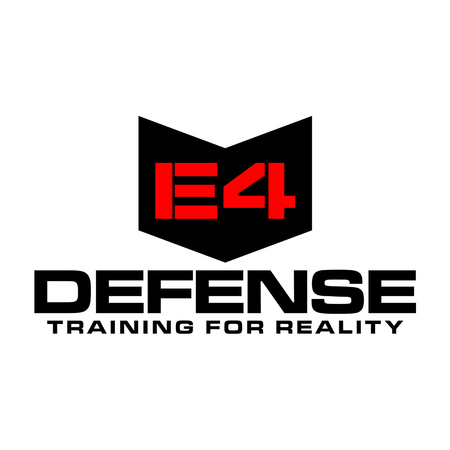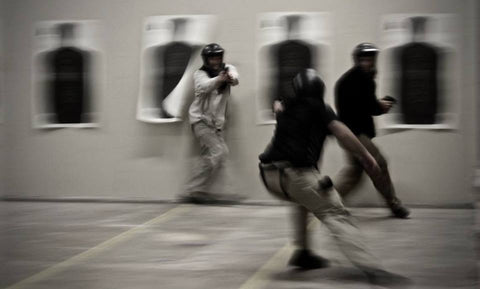How an officer reacts to routine calls on duty when stress is low is often very predictable. Sometimes, they may take the “nothing bad is ever going to happen to me” approach and go on auto pilot. Comparatively, when the prospective outcome to the call is unknown but not life threatening, the officer is often more alert with heightened senses and will rely on their training to take over like a well-oiled machine. What puts officers at utmost risk is when they do not identify intentions of imminent threat and all hell breaks loose, fight or flight kicks in and they are forced to engage with limited abilities.
Although we cannot train away our body’s natural automatic response to stress, we can employ tactics to recover faster. Or, more favorably, read body language, recognize the pre-attack indicators, and take control of the situation before it turns ugly. According to FBI statistics, 57,189 assaults occurred on officers in 2016. People speak volumes with their body language. In many cases, what their body is saying will be a lot more accurate than what is coming out their mouth. Trained officers are able to recognize the signs of an imminent attack and position themselves for an advantageous outcome.
Closing the Reactionary Gap is an in-depth course providing a real life understanding of the human body’s internal and external response to fight or flight mode, an officer’s specific response, how to recover, the importance of training using naturally occurring tactics, officer situational awareness, trusting intuition, reading body language, why reading body language is effective, and recognizing pre-attack indicators. There will also be a thorough discussion on how Closing the Reactionary Gap training can be incorporated into daily patrol activities as well as future training sessions in order to maintain retention and application.

